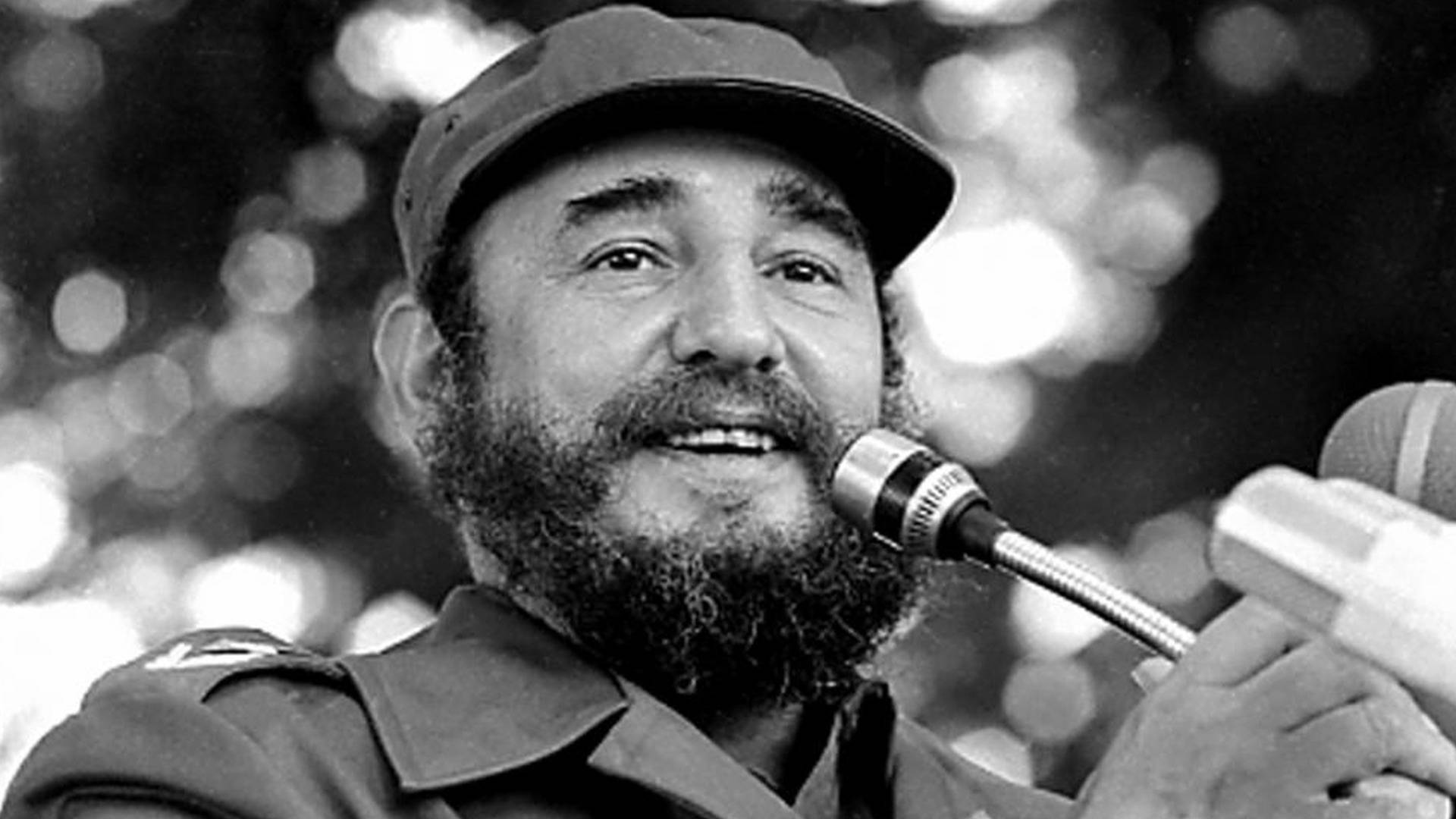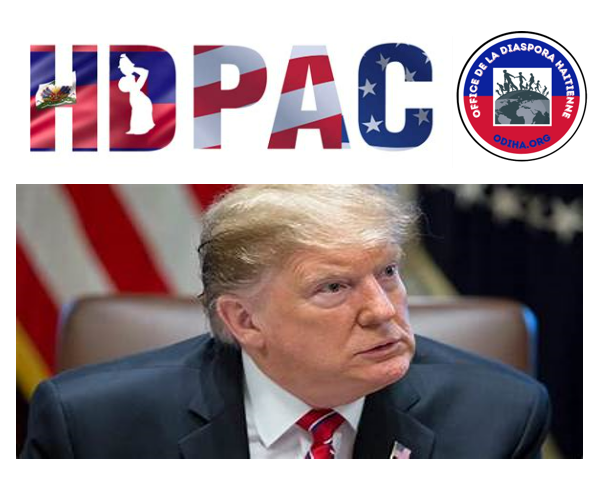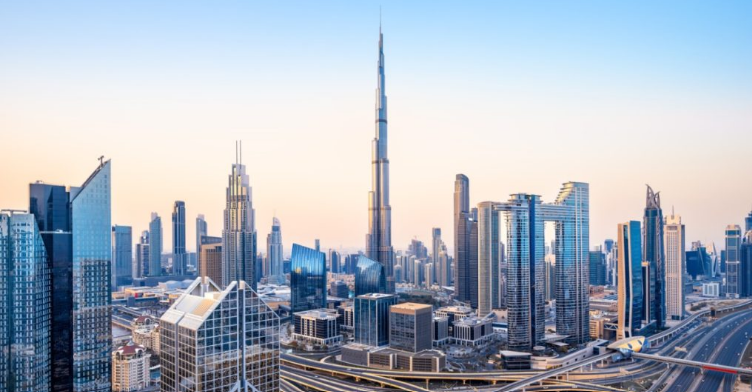|
Getting your Trinity Audio player ready...
|
April 15, 2021
TRUENEWSREPORT
TRUENEWSBLOG – This week’s Communist Party congress could be the last with a Castro at the helm of Cuba’s all-powerful political institution.
Six years after the death of Fidel Castro, his brother and fellow leader of the island’s 1959 revolution, Raul Castro, is being watched to see if he fulfills his commitment to give up the reins of the only political organization permitted in the country of 11 million people.
Raul Castro in 2016 said that he would give up the post of party secretary-general at the party’s eighth congress, which is scheduled to begin Friday. Standing down would complete the move to turn control over to a younger generation of revolutionaries led by Miguel Díaz-Canel, who took over the presidency from Castro in 2018.
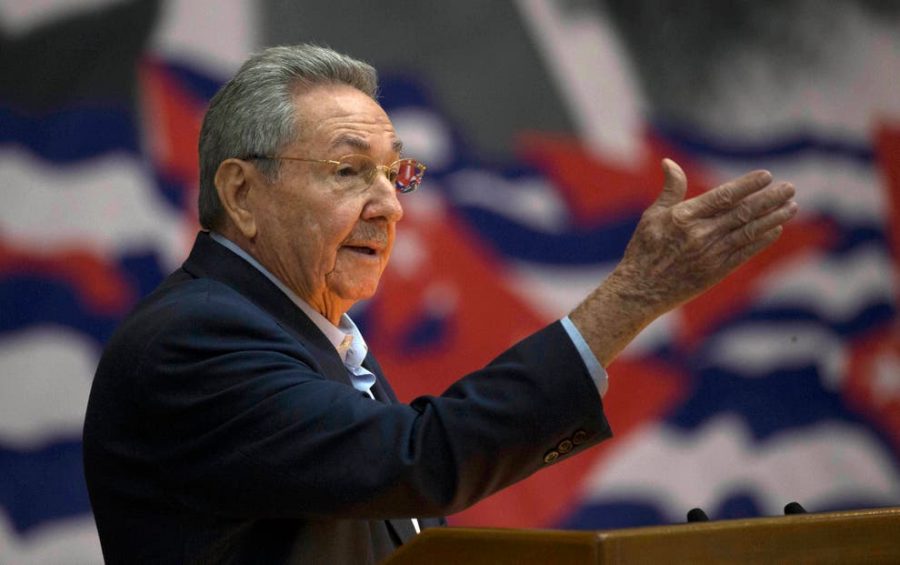
Many Cubans are anxious over the change after having their daily affairs guided for more than six decades by a Castro, and Raul Castro’s expected exit from the political scene couldn’t come at a more difficult time.
The coronavirus pandemic, painful financial reforms and restrictions re-imposed by the Trump administration have again brought food lines and shortages reminiscent of the “special period” that followed the collapse of the Soviet Union in the 1990s. But unlike past crisis that brought Cubans together, concern is on the rise, fueled by the spread of the Internet and growing inequality that has laid bare the socialist system’s failings.
“We’ve lost an entire decade,” said Alina Lopez, a Havana historian who runs a blog that is a forum for leftist criticism of the government. “They don’t how to bring real change because any change must start with a lot of self-critique.”
At the previous Communist Party congress, in 2016, Castro announced that owing to the “inexorable laws of life,” he would step down as first secretary-general of the Communist Party in 2021 and yield power to Diaz-Canel. Also expected to resign at the gathering is Castro’s deputy, 90-year-old José Ramón Machado.
That would potentially leave the 17-member Politburo for the first time without any veterans of the guerrilla insurgency, or what many Cubans affectionately refer to as the “historic generation.”
William LeoGrande, an American University expert on Cuba, said such an outcome could greatly enhance Diaz-Canel’s ability to push through overdue reforms as part of a broader economic opening approved a decade ago.
In January, Diaz-Canel finally pulled the trigger on a plan approved two congresses ago to unify the island’s dual currency system, giving rise to fears of inflation. After the economy contracted 11% last year, he also threw the doors open to private enterprise that had been stamped out by state planning, permitting Cubans to legally operate almost any self-run businesses from their homes.
But authorities have yet to tackle what LeoGrande considers the elephant in the room — an overhaul of the bloated state-run companies and government agencies on which the vast majority of Cubans depend for their meager salaries and subsistence.
“They keep saying they will require the state enterprises to become profitable but that’s precisely where there’s resistance because the private sector isn’t growing fast enough,” said LeoGrande, who frequently conducts research in Cuba but hasn’t traveled there since prior to the pandemic. “Laying off a lot of people could lead to social and political problems.”
To be sure, any change in Cuba is likely to be slow. The word “continuity” scrawled in red is repeated multiple times on a giant billboard touting the party gathering erected in the same Revolutionary Plaza where Fidel Castro at his height in the 1960s and 1970s used to mesmerize Cubans with his anti-imperialist harangues.
But at least some on the island are agitating for more radical change. Hundreds of artists, some of them wrapped in the Cuban flag, have in recent months carried out anti-government protests.
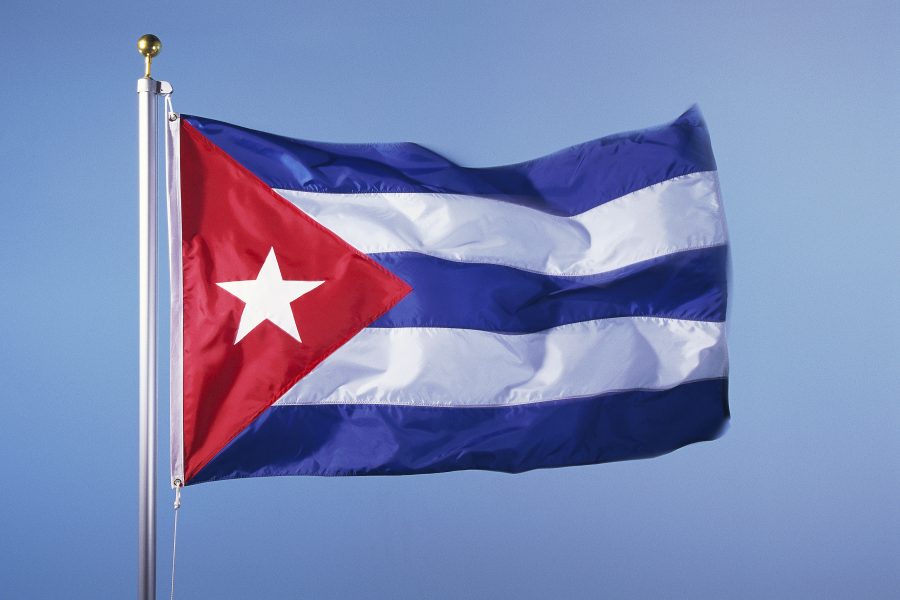
Top leaders have tried to vilify the demonstrators, accusing them of being paid by exiles in Miami. But the movement has gained momentum thanks to the arrival of mobile internet service two years ago that has made it easier for dissidents to organize.
LeoGrande said the discontent running through Cuban society is about the basics of daily life, not political freedom and certainly not the rights of performance artists to wear the Cuban flag.
He says a bigger threat comes from the gaping inequality visible for the first time with the advent of special stores selling merchandise in dollars to the lucky few receiving hard currency from relatives abroad or who work in what, prior to the pandemic, had been a booming foreign tourism industry.
“Back in 1990s, there was a sense that we’re all in this together. There was no ostentation consumption,” said LeoGrande. “Today, the inequality is not only worse but it’s also more manifest.”
As always in Cuba’s history, the wildcard is the “Northern Empire,” as communist stalwarts refer to the U.S. This year’s congress, like the two before it, coincides with the anniversary of the 1961 invasion by CIA-funded Cuban exiles at the Bay of Pigs.
President Joe Biden campaigned on the promise to partially revive the Obama administration’s opening that saw the U.S. raise the American flag at its long-shuttered embassy in Havana, ease the decades-old trade embargo and boost air connections between the two countries. Most of those policies were reversed by Trump administration, which at the last minute even declared Cuba a state sponsor of terrorism despite having helped broker a peace deal between Colombia’s government and leftist rebels.
“Beyond tying to alleviate Cuba’s severe humanitarian conditions by removing remittance and travel restrictions, the Biden administration is likely to be very cautious in re-engaging Cuba,” said Michael Shifter, president of the Inter-American Dialogue in Washington. “The potential political costs of doing so are just much higher than the benefits.”

